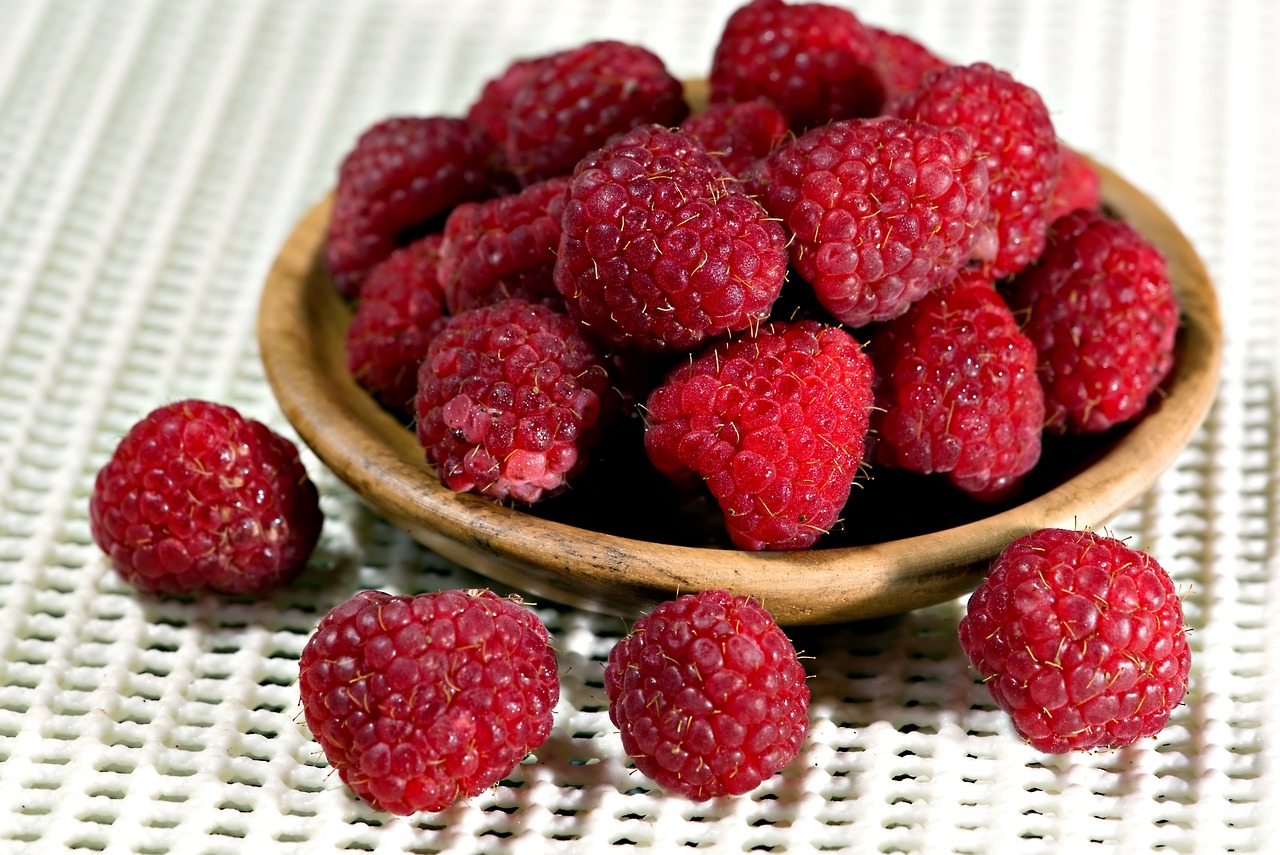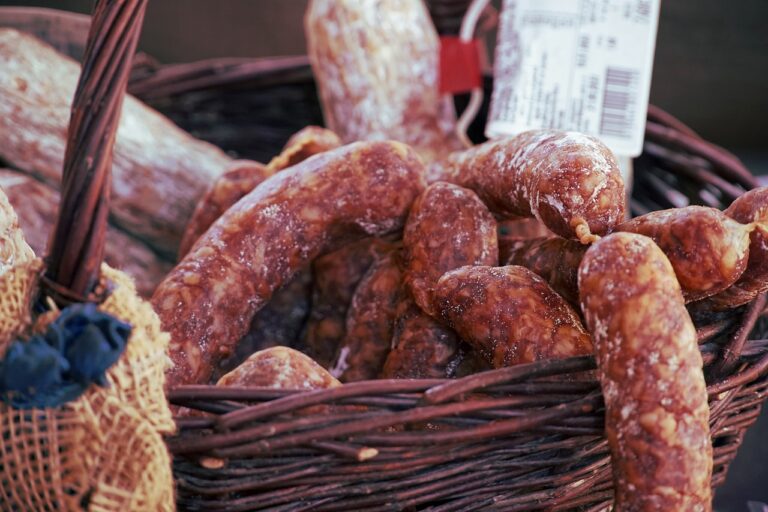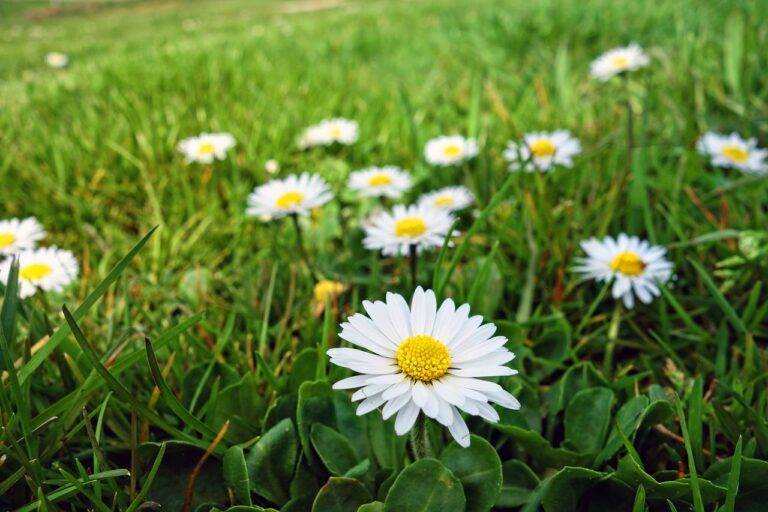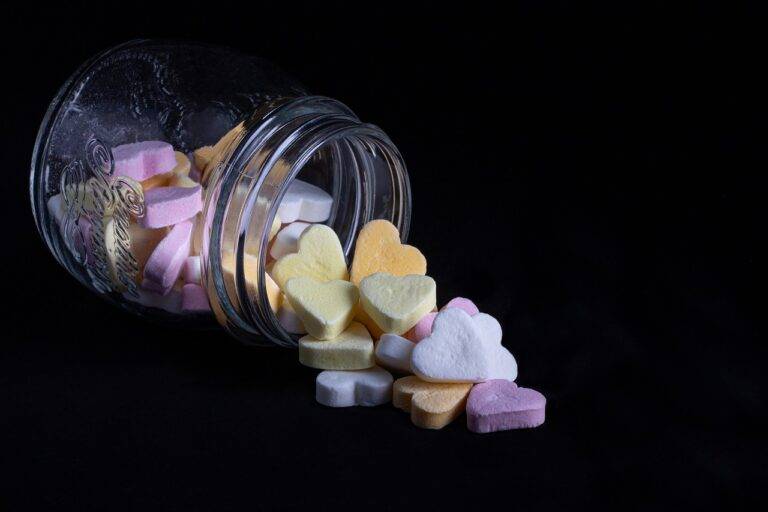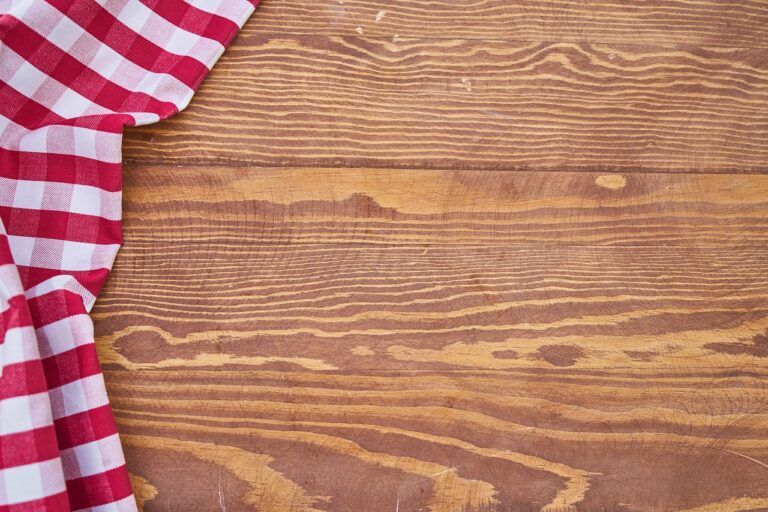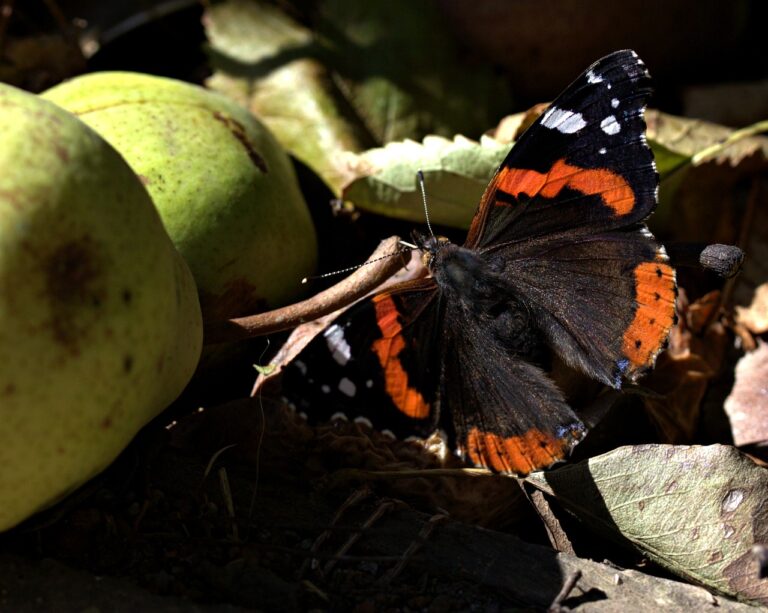The Art of Food Styling: Enhancing Presentation and Visual Appeal
When it comes to food styling, presentation is key. One of the fundamental aspects to consider is the arrangement of the dish. Pay attention to how the different elements of the meal come together on the plate. Aim for a balanced composition that is visually appealing and showcases the various components of the dish in an enticing manner.
Additionally, lighting plays a crucial role in food styling. Natural light is often preferred as it can enhance the colors and textures of the food, making it look more appetizing. However, if natural light is not available, artificial lighting can be used strategically to create the desired effect. Experiment with different lighting setups to find the best way to highlight the food and make it look irresistible.
Choosing the Right Props and Background
When it comes to food styling, selecting the appropriate props and background can significantly enhance the visual appeal of your dishes. The props you choose should complement the food and reflect the overall theme or mood you want to convey. Opt for props that add depth and interest to the composition without overpowering the main subject.
Similarly, the background plays a crucial role in setting the scene for your culinary creations. A neutral background can help bring focus to the food, while a textured or colorful backdrop can add visual interest and create a more dynamic composition. Consider the style and presentation of the dish when choosing the background to ensure the overall look is cohesive and visually appealing.
Utilizing Color and Texture to Create Contrast
When it comes to food styling, utilizing color and texture is essential to create contrast in your presentation. By combining vibrant hues with varying textures, you can compose visually compelling images that are both appealing and engaging to the viewer. Incorporating contrasting elements such as smooth and rough textures or bold and muted colors can add depth and interest to your food compositions.
Experimenting with different color palettes and textures can help you achieve a harmonious yet dynamic visual balance in your food styling. Consider using complementary colors or contrasting textures to make certain elements of your dish stand out and capture the viewer’s attention. Whether you’re aiming for a soft and subtle look or a bold and striking appearance, playing with color and texture can elevate the overall aesthetic of your food presentation.
What are some key elements of food styling?
Some key elements of food styling include presentation, composition, lighting, and the use of props.
How can I choose the right props and background for food styling?
When choosing props and backgrounds for food styling, consider the overall theme or mood you want to convey, as well as the colors and textures that will complement the food.
How can I utilize color and texture to create contrast in food styling?
Utilizing color and texture to create contrast in food styling involves selecting props and backgrounds that contrast with the colors and textures of the food, helping to make it stand out and look more visually appealing.

